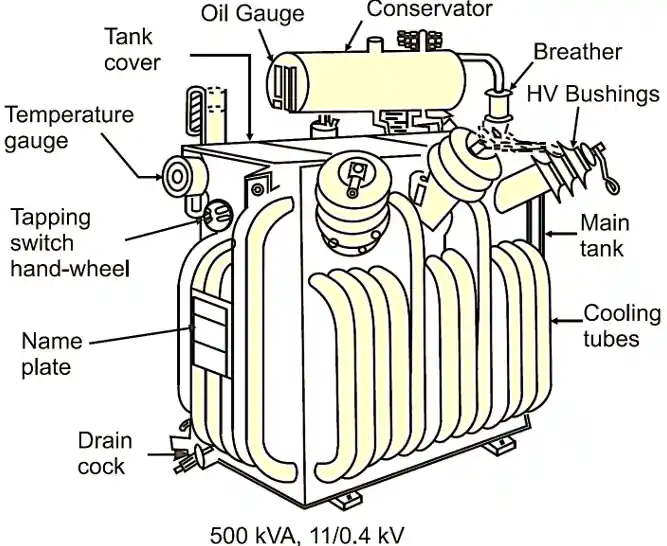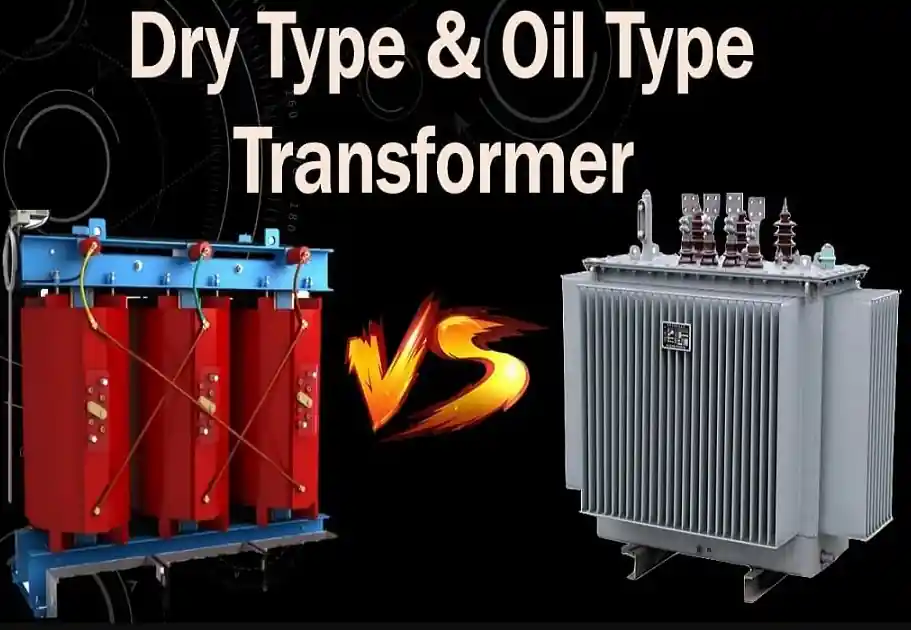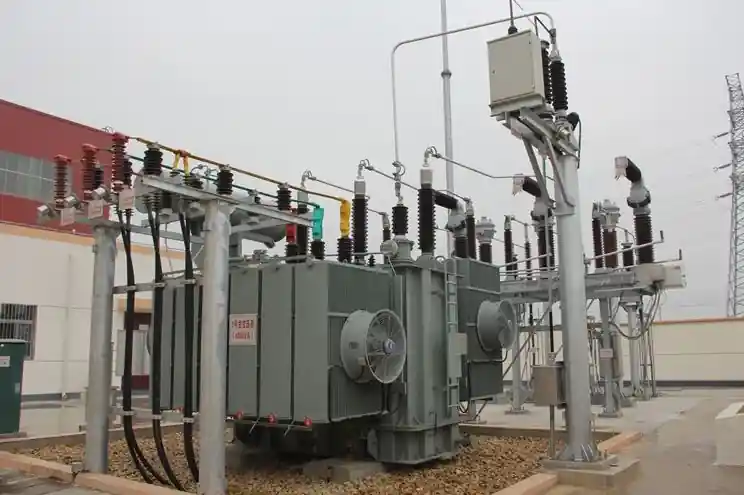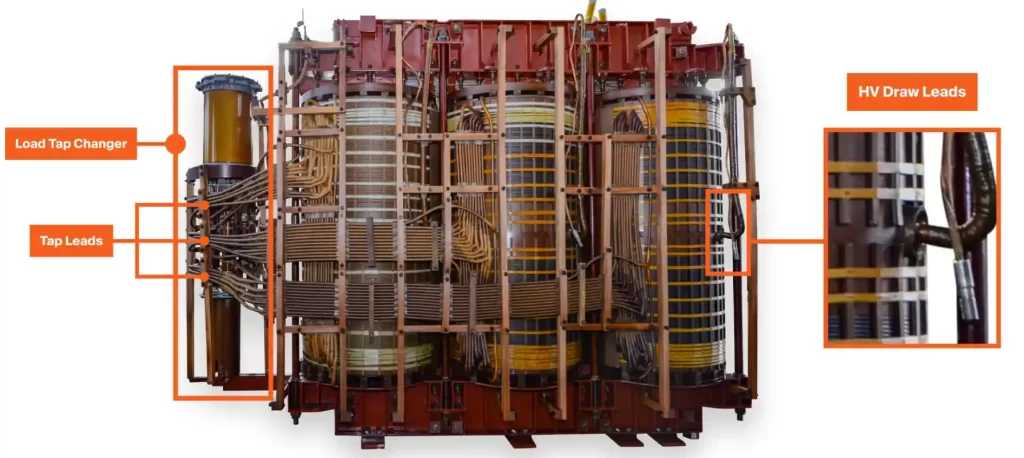Úvod
Electric transformers play a vital role in modern power systems, enabling voltage conversion and energy transmission across long distances. From utility grids to industrial facilities and residential buildings, transformers are everywhere. However, when it comes to electric transformer price, buyers often find a wide range of costs and technical variables. This guide offers a complete overview of transformer pricing, including key types, influencing factors, and practical tips to help you make an informed purchase.

What Is an Electric Transformer?
. electric transformer is a static electrical device that transfers electrical energy between two or more circuits through electromagnetic induction. It allows electricity to be stepped up (increased) or stepped down (decreased) in voltage, improving the efficiency and safety of power transmission.
Common Types of Electric Transformers and Their Prices
| Type | Typical Rating | Price Range (USD) | Aplikace |
|---|---|---|---|
| Olejový transformátor | 25kVA – 5000kVA | $1,000 – $50,000+ | Utilities, industrial plants |
| Dry-Type Transformer | 50kVA – 3000kVA | $2,000 – $60,000+ | Commercial, indoor environments |
| Pad-mounted transformer | 75kVA – 2500kVA | $5,000 – $40,000 | Urban distribution, solar farms |
| Pole-Mounted Distribution Transformer | 10kVA – 300kVA | $800 – $10,000 | Rural areas, local grids |
| Amorphous Core Transformer | 100kVA – 2000kVA | $3,000 – $20,000+ | Energy-efficient systems |
| Instrument Transformer (CT/PT) | Small-scale | $50 – $3,000 | Protection, metering |
Note: Prices vary depending on capacity, manufacturer, country of origin, materials, and standards compliance.

Factors That Influence Electric Transformer Price
1. Power Rating (kVA or MVA)
- The higher the capacity, the more material and engineering involved.
- Example: A 100kVA transformer may cost $2,000–$5,000, while a 2500kVA transformer may cost $30,000+.
2. Cooling Type
- Oil-Cooled (ONAN/ONAF): Cost-effective but requires maintenance and space.
- Dry-Type: Safer for indoor use, but more expensive.
3. Core Material
- CRGO Steel Core: Standard option, affordable.
- Amorphous Core: High efficiency, lower no-load losses, but higher upfront cost.
4. napětí Class
- Higher primary/secondary voltages require better insulation and more complex design.
- Typical ranges: 11kV, 33kV, 66kV, or up to 220kV and beyond.
5. Standards and Certifications
- Transformers built to IEC, ANSI, IEEE, or ISO standards typically command a premium due to quality control and compliance testing.
6. Manufacturer & Origin
- Local brands may offer competitive prices.
- European or North American manufacturers generally cost more due to stricter regulations and higher production costs.
7. Customization
- Tap changers, smart monitoring systems, and enclosure types all add to the price.

Electric Transformer Price Examples by Capacity
| Power Rating | Oil-Immersed (USD) | Dry-Type (USD) | Amorphous Core (USD) |
|---|---|---|---|
| 25 kVA | $800 – $1,200 | $1,200 – $1,800 | $1,500 – $2,300 |
| 75 kVA | $1,200 – $2,500 | $1,800 – $3,500 | $2,000 – $4,000 |
| 200 kVA | $2,500 – $5,000 | $3,000 – $6,000 | $4,000 – $7,000 |
| 500 kVA | $5,000 – $10,000 | $8,000 – $12,000 | $10,000 – $14,000 |
| 1250 kVA | $12,000 – $20,000 | $18,000 – $28,000 | $22,000 – $30,000 |
| 2500 kVA | $20,000 – $35,000 | $30,000 – $60,000 | $35,000 – $65,000 |
Key Considerations When Purchasing a Transformer
- Application Environment
- Outdoor or indoor? Dusty, humid, or explosive areas?
- Energy Efficiency
- Consider load loss, no-load loss, and total lifecycle cost—not just purchase price.
- Space Constraints
- Pad-mounted and dry-type transformers are better for tight or indoor locations.
- After-Sales Support
- Ensure spare parts availability and technical support options.
- Warranty and Lead Time
- Standard warranties range from 12–36 months.
- Delivery times vary from 2 weeks to 3 months depending on type and customization.

Často kladené otázky (FAQ)
Q1: Why do dry-type transformers cost more than oil-immersed ones?
Dry-type transformers use resin-insulated windings, which increase safety but are more expensive to manufacture.
Q2: Can I import a transformer internationally?
Yes, many countries import transformers from China, India, Germany, and the USA. Check local regulations, tariffs, and grid compatibility.
Q3: How long do electric transformers last?
With proper maintenance, transformers can last 25–40 years or even longer.
Understanding the electric transformer price landscape involves more than just comparing numbers. From application-specific needs to efficiency goals and certification standards, many factors affect pricing. Whether you need a small 25kVA transformer for rural distribution or a 2500kVA unit for an industrial plant, knowing what drives the cost allows you to budget wisely and select the right solution.
Always consult with a trusted manufacturer or supplier and prioritize quality, safety, and service support alongside competitive pricing.